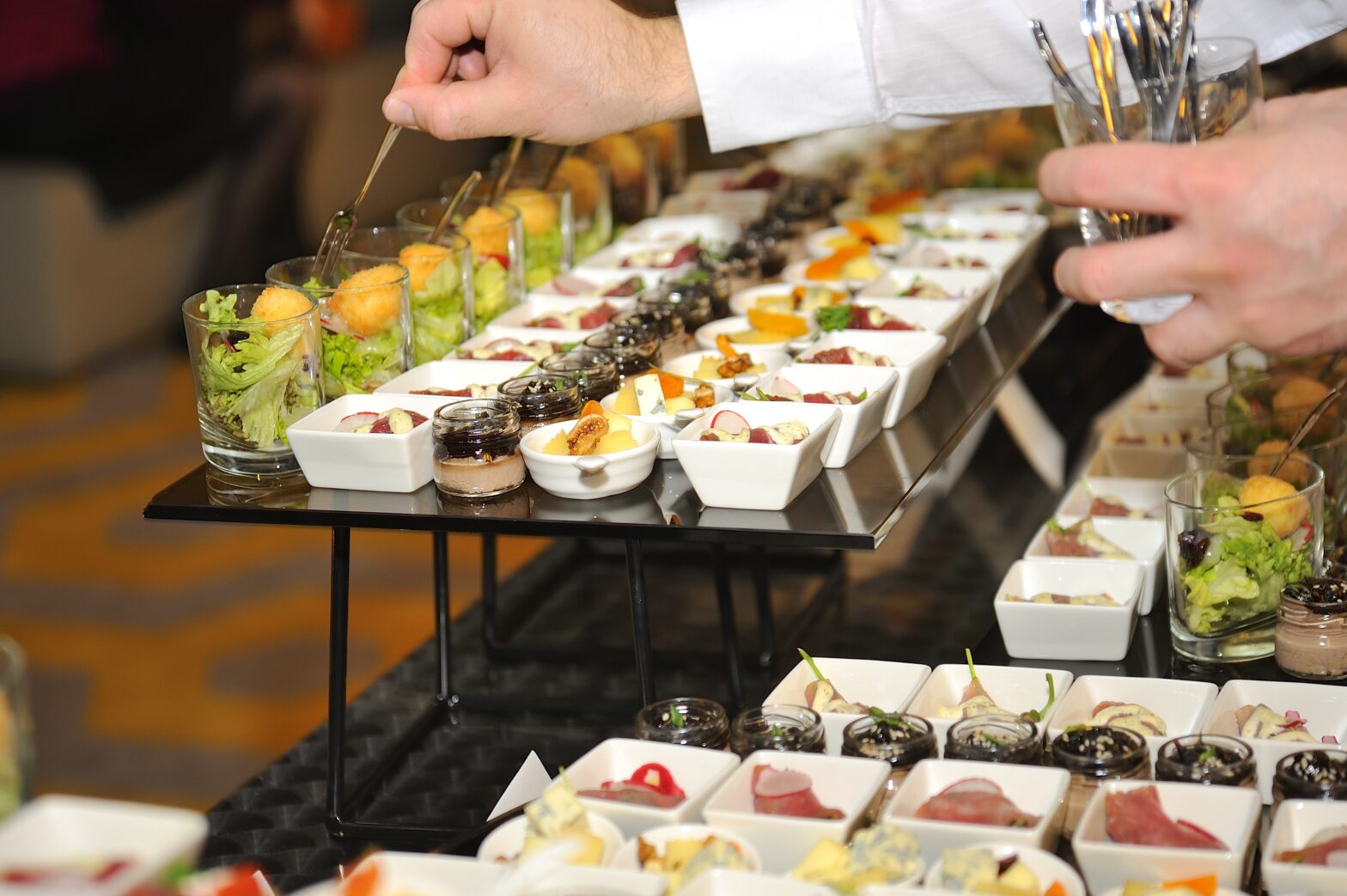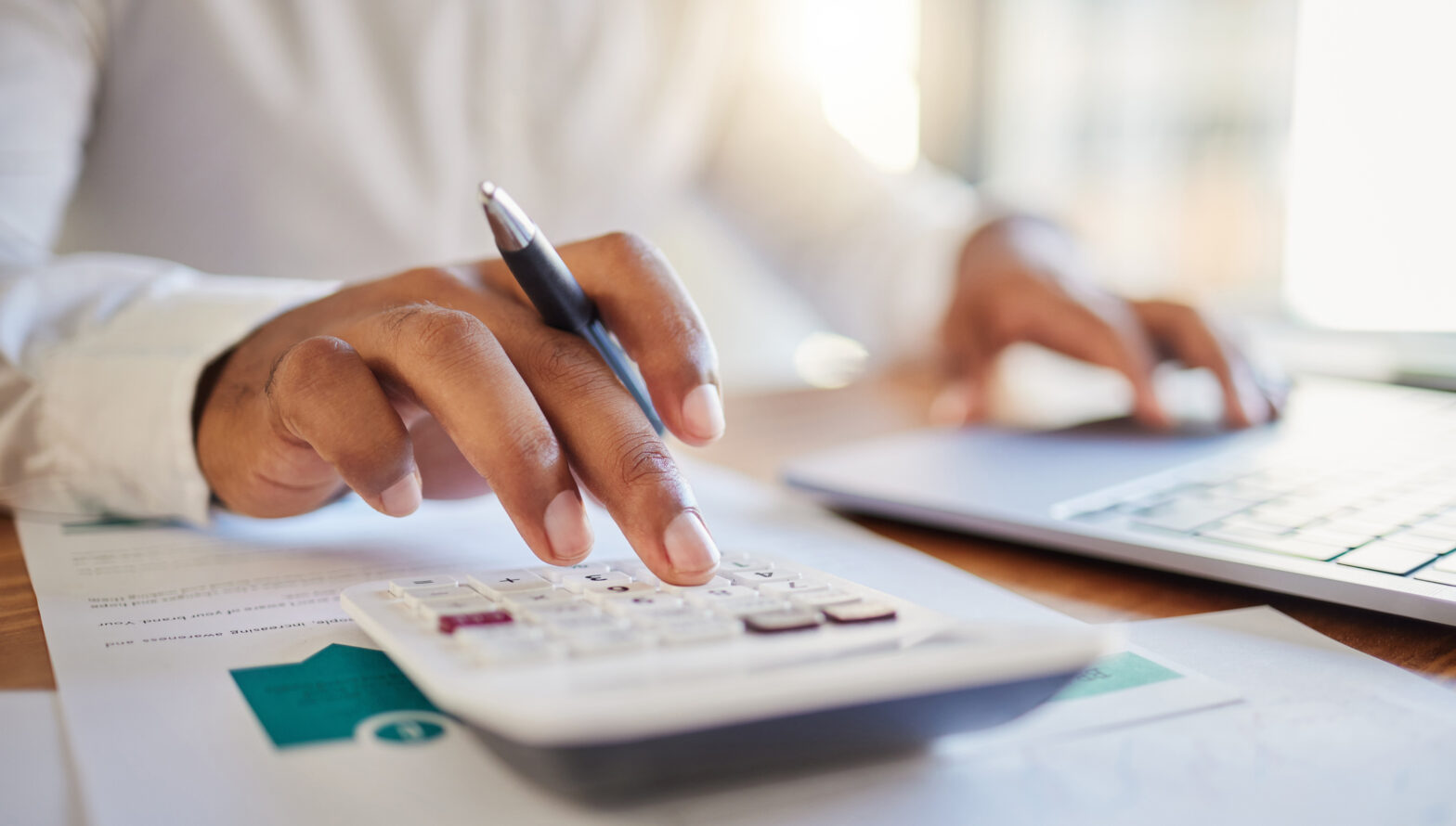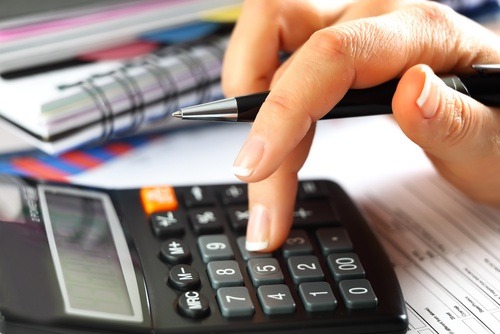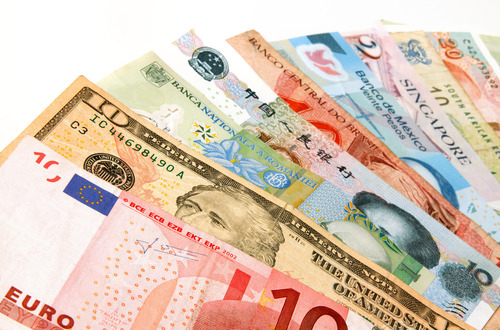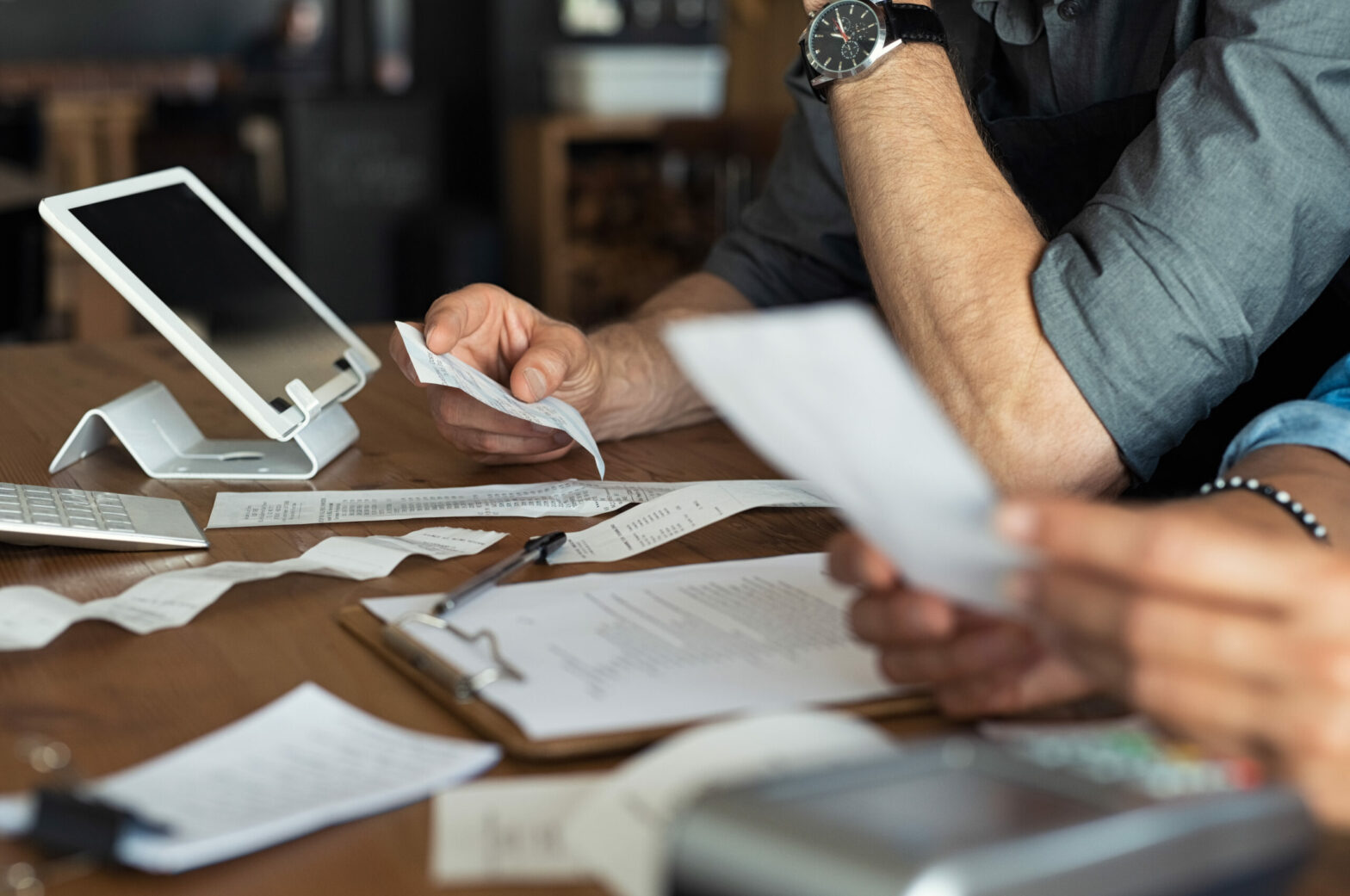The general rule is that catering is standard-rated (20% as of February 2022).
Ann Miller, managing director of ecountant.biz, which offers an online accountancy service, provides the following advice and tips.
- The food and drink sold in the diner and hot take-away food will be regarded as catering and will be standard-rated.
- Cold take-away food and drink will not be regarded as catering and will be zero-rated except where it is of a type that is always standard-rated (for example, crisps, sweets, fizzy drinks, bottled water).
- Where hot and cold ingredients are supplied as a single item of food, for example, a bacon sandwich, the whole item will be standard-rated.
- If you sell hot and cold take-away food at the same time, you have to work out the tax value of each item.
“When your register for VAT (which is compulsory once turnover exceeds £85,000 per annum – 2022 rate), HMCE will get in touch to offer a VAT visit to ensure you understand the requirements. Since catering and VAT can be a relatively complicated situation, I suggest you take up this offer or contact HMCE direct and request a visit.
You should ask the inspector to confirm his advice on any specific items in writing after the visit,” advises Miller.
She adds that from a VAT accounting perspective, you must ensure that the VAT status of different types of sales is accurately recorded through the till.
This will involve staff training. Additionally, sufficient accounting records should be kept to demonstrate that all takings have been completely accounted for.
This means preparing a takings sheet, which should be in agreement to the cash in the till on a regular basis, preferably daily.
“If the business has a VAT exclusive turnover of less than £150,000 a year, it can use the optional Flat Rate Scheme whereby it calculates its VAT payable as 12% of VAT-inclusive sales.
The Flat Rate Scheme is meant to simplify preparation of the VAT return for small businesses but a calculation should be done on both the normal and the flat rate bases to see which is most advantageous for the particular business,” concludes Miller.
